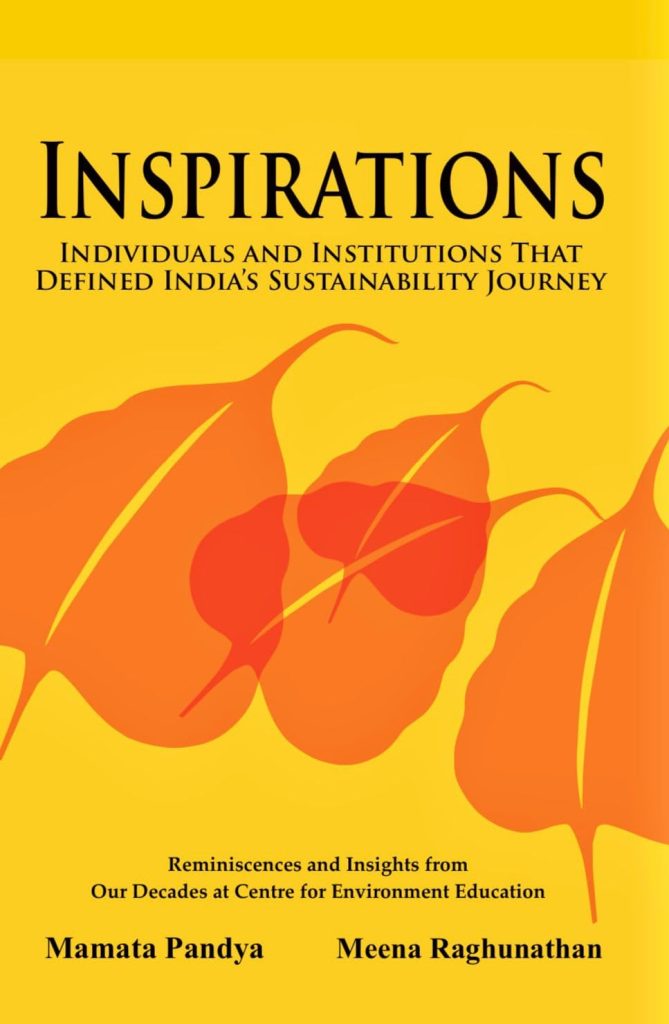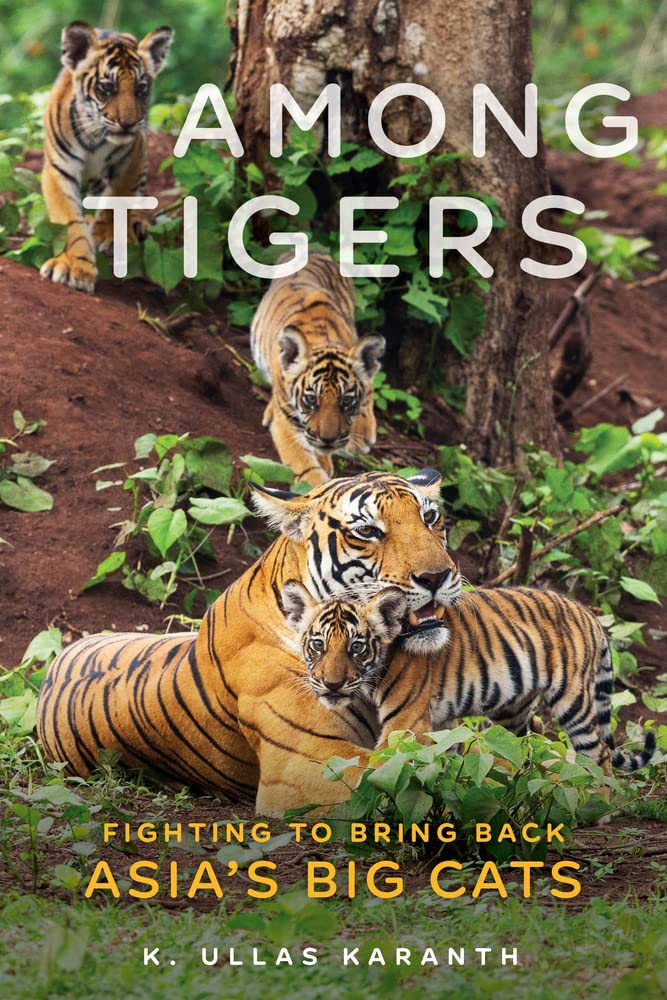The first pictorial guide to the butterflies of the Garo Hills, Meghalaya
India is a country blessed with a breathtaking diversity of lifeforms, including that of charismatic groups such as birds, butterflies and large mammals. The allure of these groups among the general populace has been harnessed in conservation efforts the world over. Butterflies are one of the few invertebrate groups that can fascinate and appeal to anyone. Butterfly-watching in India is handicapped by the absence of good regional field identification guides. A nature enthusiast is able to readily identify a common bird in any part of India, thanks to the several beautiful field guides available, many of them with stunning photographs. Indeed field guides for birds have been a vital catalyst in promoting bird-watching. Butterflies are usually more conspicuous and easily-spotted than are birds, yet a nature lover in Northeastern India may find it hard to identify even the common butterflies. Currently the only useful book is Isaac Kehimkar’s ‘Butterflies of India’, in itself a landmark publication, being the first illustrated book put together after India’s Independence to cover butterflies of the entire country. However, field guides covering particular regions are typically more useful to a visitor. Such books provide more relevant information about the particular area. Only the species occurring in the area of interest are represented, rather than an exhaustive country wide list. This is especially relevant in the case of highly speciose groups such as butterflies.
‘Butterflies of the Garo Hills’ is a refreshingly beautiful piece of work that will prove to be an important publication. It covers butterflies from the Garo Hills in Meghalaya, which is part of the Indo-Burma biodiversity hotspot. It will provide a vital boost to the eco-tourism activities in the area and help conservation efforts in this critical habitat. Butterfly-watching has immense untapped potential and can become just as popular as birdwatching. This book will certainly help to popularise butterfly-watching among visitors to the area and locals alike. This will likely also have a spillover effect by attracting more butterfly watchers to other parts of Northeastern India. The success of the book will also surely encourage similar ventures in other parts of India.
The book is largely based on surveys undertaken by the authors between 2008 and 2011, data from which were presented in the paper Kunte et al (2012). The paper was a commendable piece of work, being one of the few systematic surveys of butterflies in any locality of Northeastern India post-Independence. There were several rare species recorded in these surveys. Although the 320 species cover only a fraction of the expected diversity in the region, this list should include almost all species that a keen butterfly watcher is likely to spot on a visit.
All species are illustrated with at least one crisp photograph. A large number have both the upper and under sides illustrated, and many species where the sexes differ markedly also have photographs of both sexes. I was especially happy to see photographs of museum samples for some Mycalesis (bushbrowns) along with the field photographs. More museum photographs would have helped the book appreciably. As it is, the authors have made a good effort to include photographs for each species to represent the most common within-species variations, including that of seasonal morphs.
In addition to English names, all species have their scientific names including the subspecies wherever applicable. Each species has a brief description that includes characters that can be used to identify it. This is followed by a list of similar looking species, habits and habitats. The distribution of each species within India is also mentioned along with the most likely months and localities where the species might be spotted in the Garo Hills. The book also includes maps and other information of the area that should prove very useful to a visitor. The layout of the text and photographs is elegant, and I found the book a pleasure to go through.
My main criticism is that the authors could have continued surveying the area for a longer period after the Kunte et al (2012) paper was published before attempting to put together this book. With more survey data, the authors could have covered many more species. Moreover, butterfly diversity and abundances in the same locality can fluctuate greatly over years. The abundance data collected in sporadic surveys during the course of less than 4 years may not necessarily predict what a visitor will spot. Nevertheless, this is an excellent effort for the first version of the book and I look forward to seeing updated versions in future.
For now, I can easily recommend this book to any butterfly enthusiast visiting not only the Garo Hills, but other parts of Northeastern India. It is priced reasonably at Rs 500, and the authors promise that the profits will reach the local community. This publication model is laudable and will do much for local community-based conservation efforts in the region.





